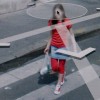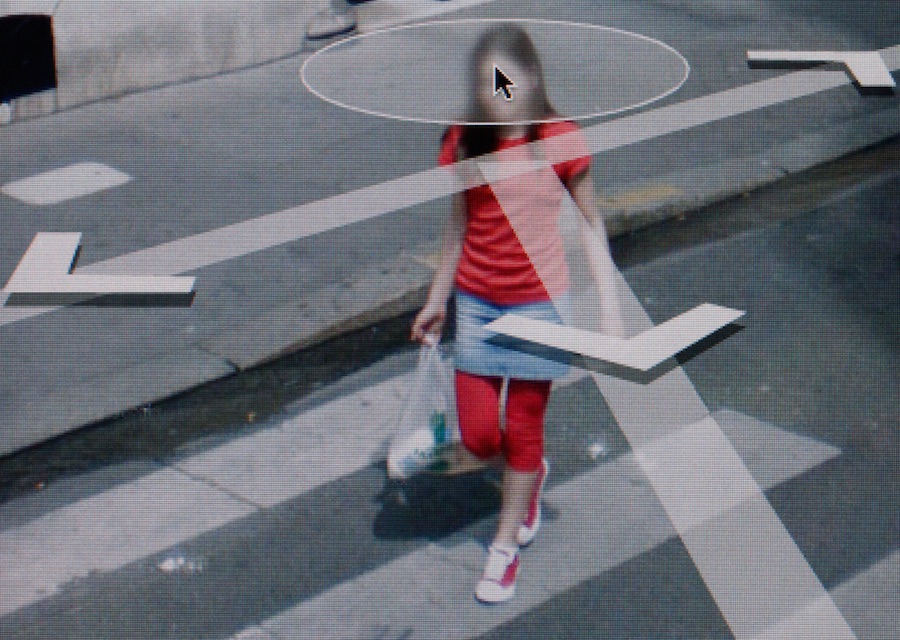Photo by Michael Wolf
Keywords:Â visual culture, the street, cities, digital media, everyday, street photography, visual practice
The 2015-2016 ASCA Cities Seminar will explore the impact of new technologies and cultures of image-making on contemporary practices of visualizing the street. Our discussions will focus on the social and cultural significance of new forms of production, circulation, storage, performance, and use of imagery in and of the everyday space of the street.
New technologies of visualisation have opened up the practices of photographing, filming and editing to everyone who carries a phone and is connected online, resulting in the mass circulation of privately produced imagery. This development has social and cultural significance. For example, Larsen and Sandbye (2014) write that “increasingly, everyday amateur photography is a performative practice connected to presence, immediate communication and social networking, as opposed to the storing of memories for eternity, which is how it has hitherto been conceptualized.†Hito Steyerl (2009) points towards the potential of such low resolution imagery in propagating a less hierarchical and more democratic regime of visuality. At the same time, new technologies have also contributed to the expansion of an urban visual culture that is subject to a professional system of visual production and distribution. The visual experience of the contemporary street is partly shaped by artistic visualisations, detailed advertisements, big-scale billboards and high resolution renderings that pervade urban environments. Although responding to different sensibilities, there are striking similarities between these various registers of everyday visual experience of the street. The digital means of production of street imagery – never delivering a clear end product and always in circulation between material and virtual networks – and the fleeting glance with which consumers relate to that imagery, point towards a distinctly performative visual language. It seems that what is most important to this visual culture is not so much the content of the imagery as its existence.
Among the issues addressed in the seminar are: hierarchies of high and low quality imagery, the cultural meanings of imperfection and perfection, recent developments in street photography, cell phone film/photography and self portraiture, and the temporalities of emerging visual practices in the street.
Oct. 23, 2015: Dr. Daniel Rubinstein (Central Saint Martins, University of London), Location: Vondelzaal, University Library (Singel 425), Time: 3-5 pm.
Nov. 20, 2015: Dr. Donatella Della Ratta (University of Copenhagen), “The Question of the Image in the Networked Age: handwritten notes, Flipcam diaries, and YouTube remixes from the battlefield in Syria”, Location: Vondelzaal, University Library (Singel 425), Time: 3-5 pm.
Jan. 29, 2016: Dr. Mark Westmoreland (Leiden University), “Revolutionary Enactment: Pedagogical Interventions on the Streets of Cairo”, Location: Vondelzaal, University Library (Singel 425), Time: 3-5 pm.
May 20, 2016: Focused Reading, Screening and Discussion: Hito Steyerl. Led by Judith Naeff. Location: PCHoofthuis 4.22. Time: 3-5 pm.
For more information, Â please contact Pedram Dibazar or Judith Naeff.

